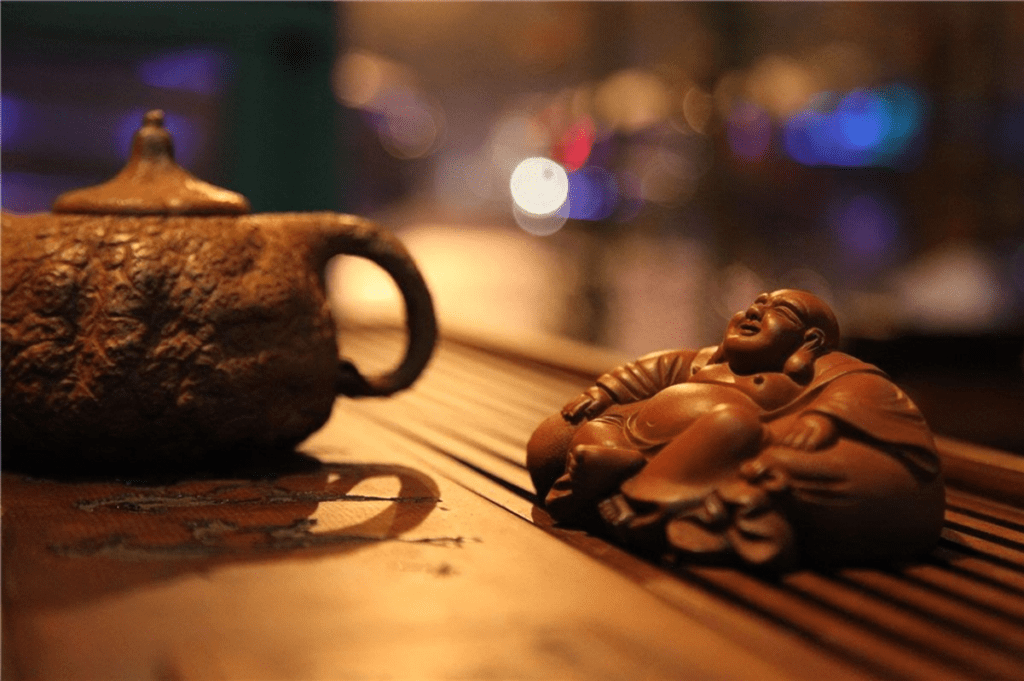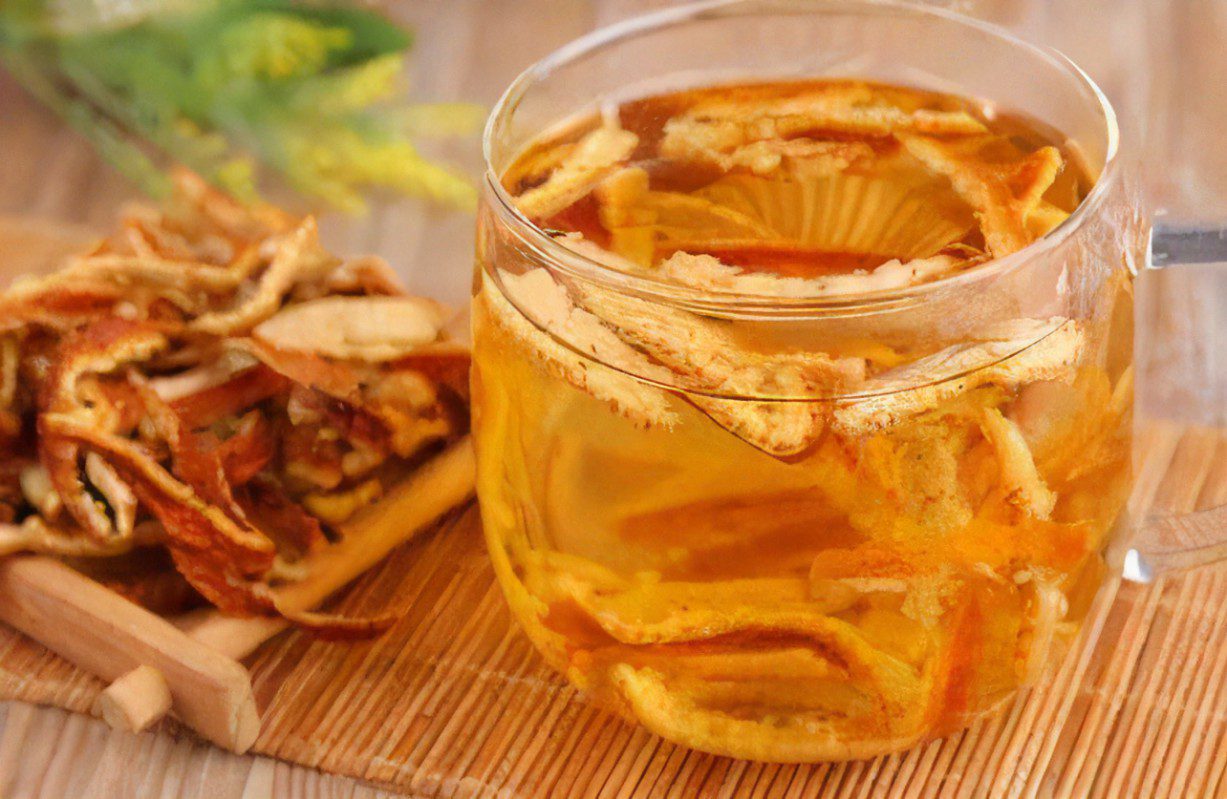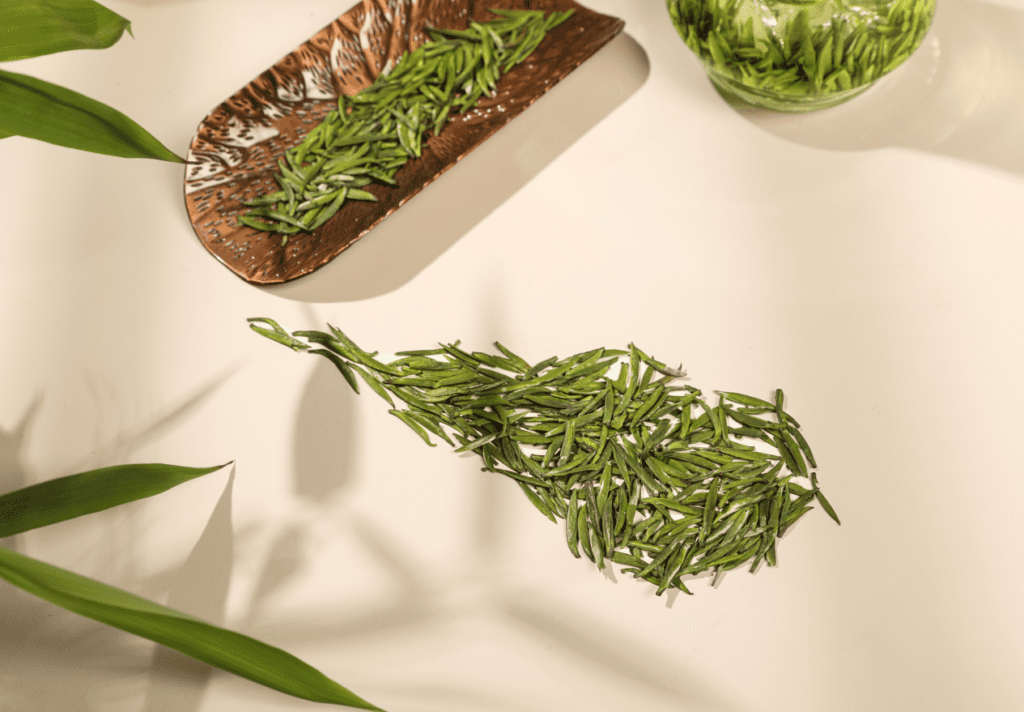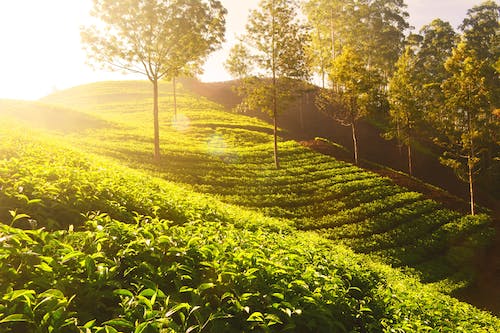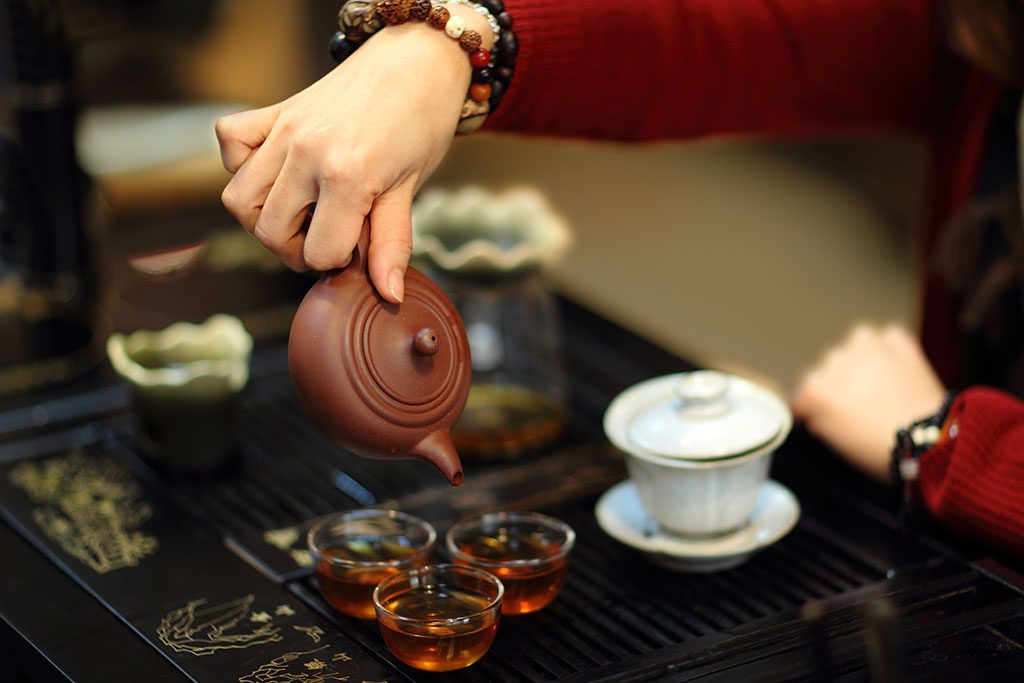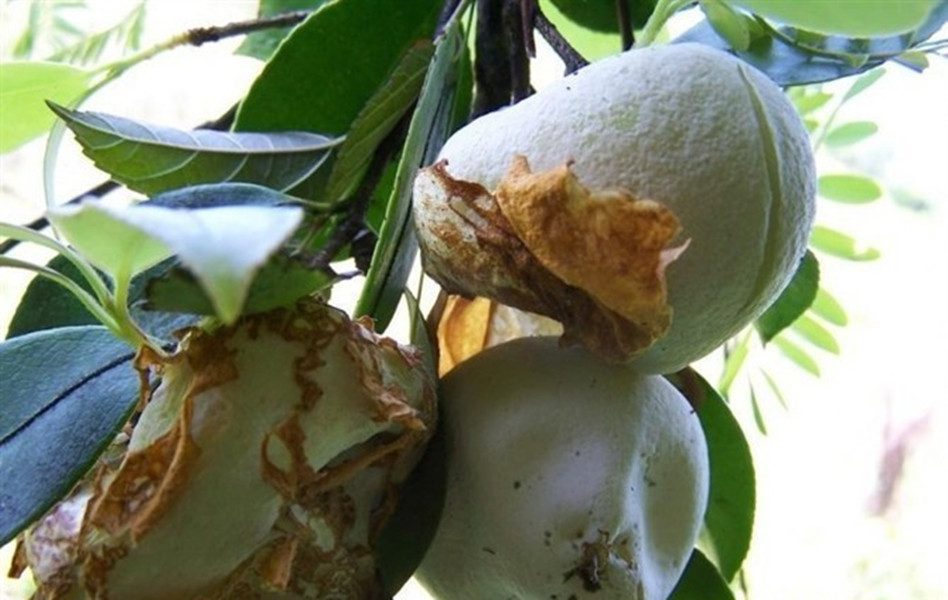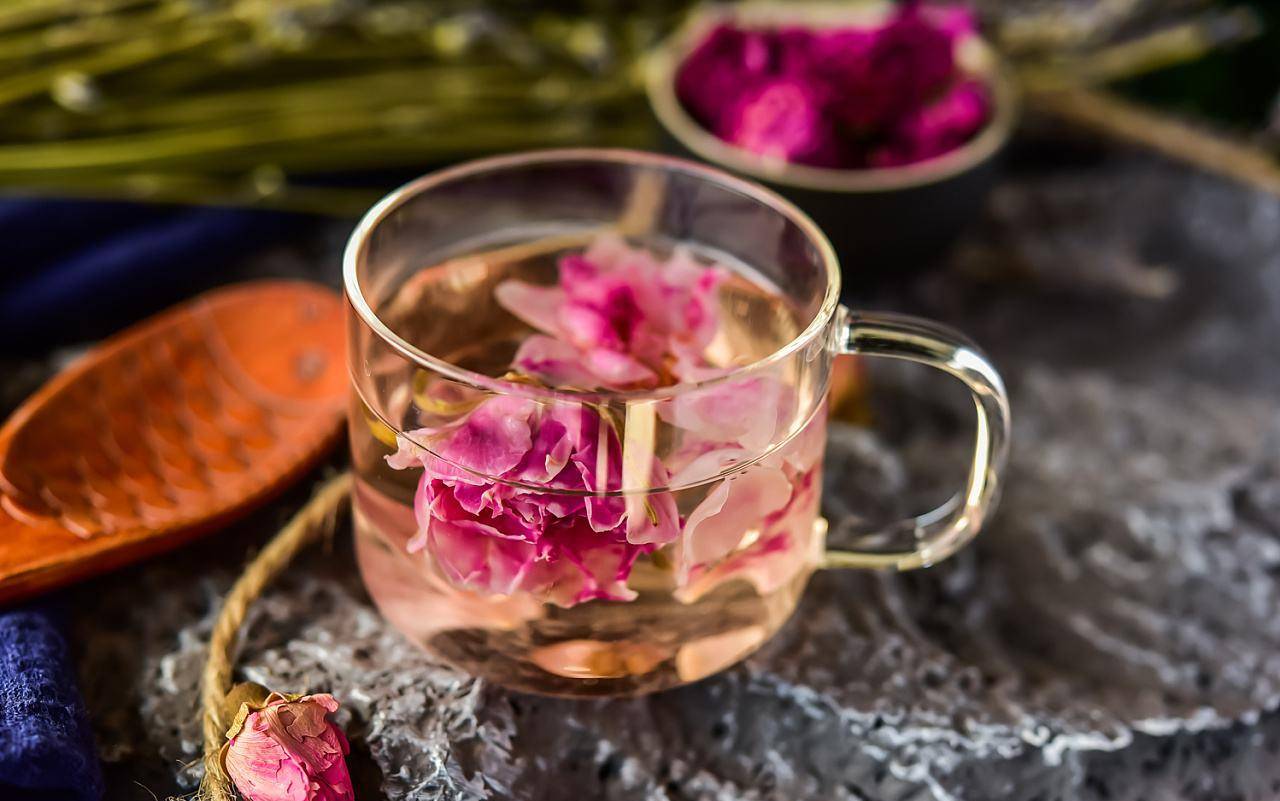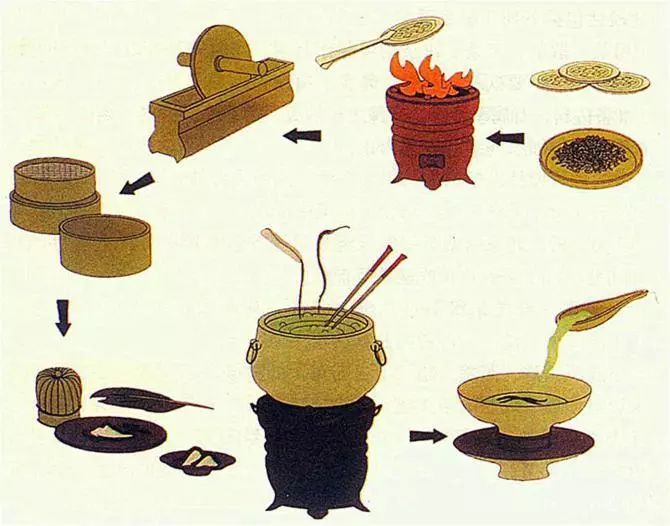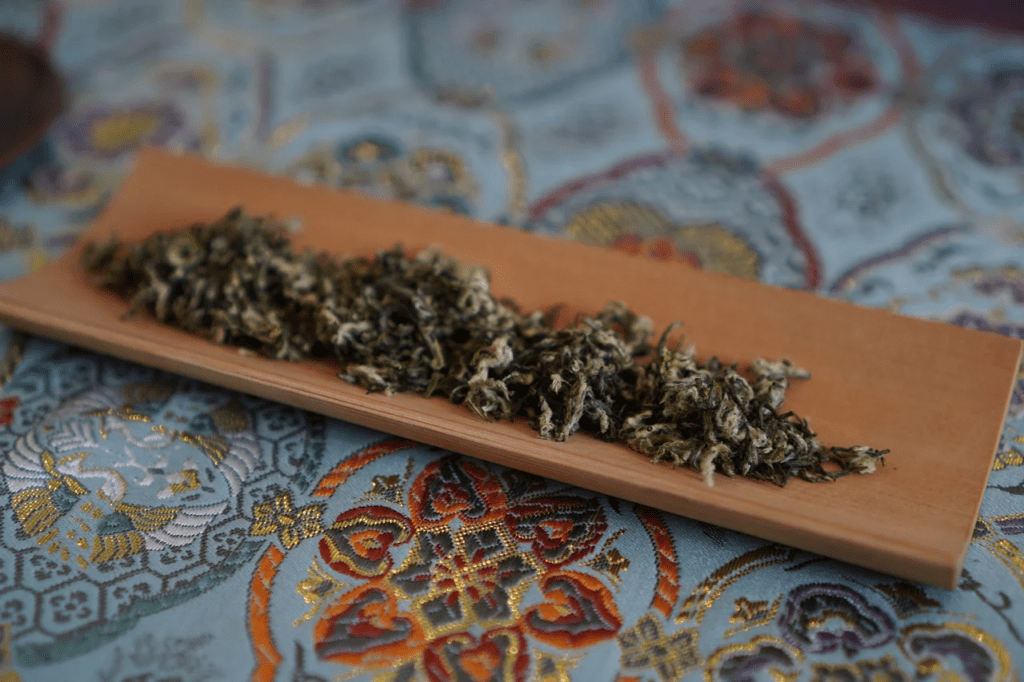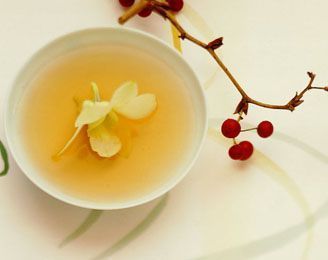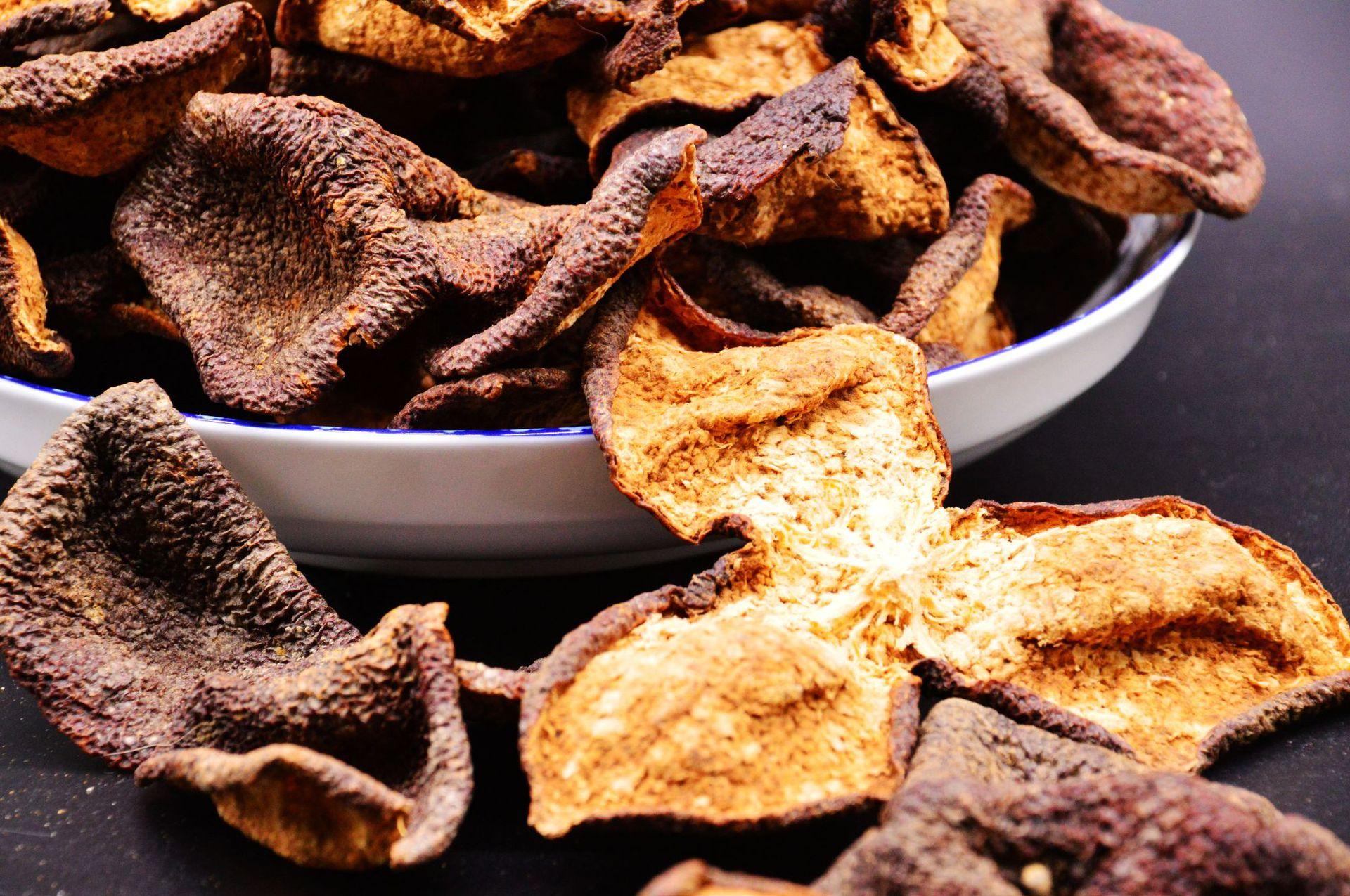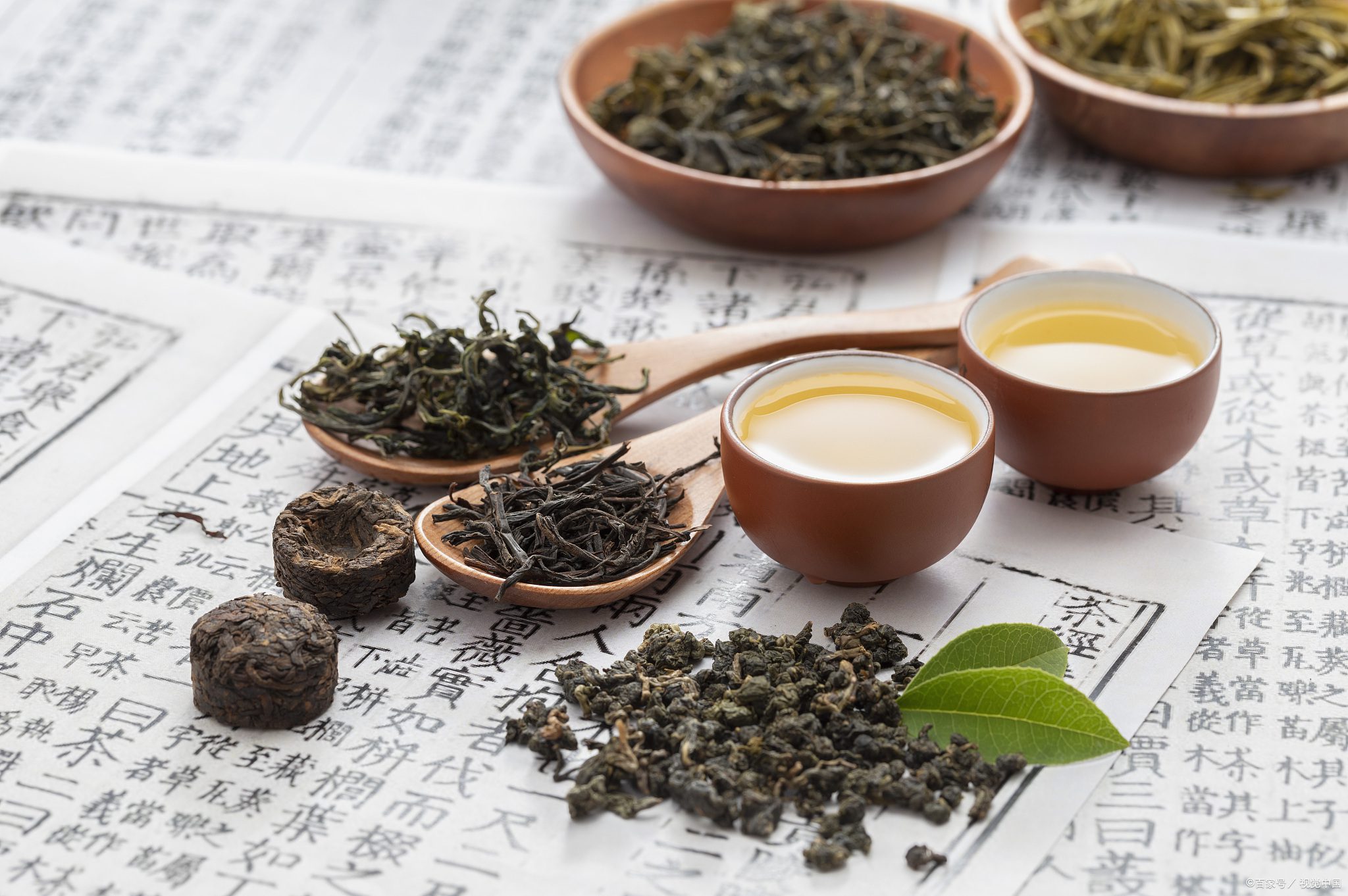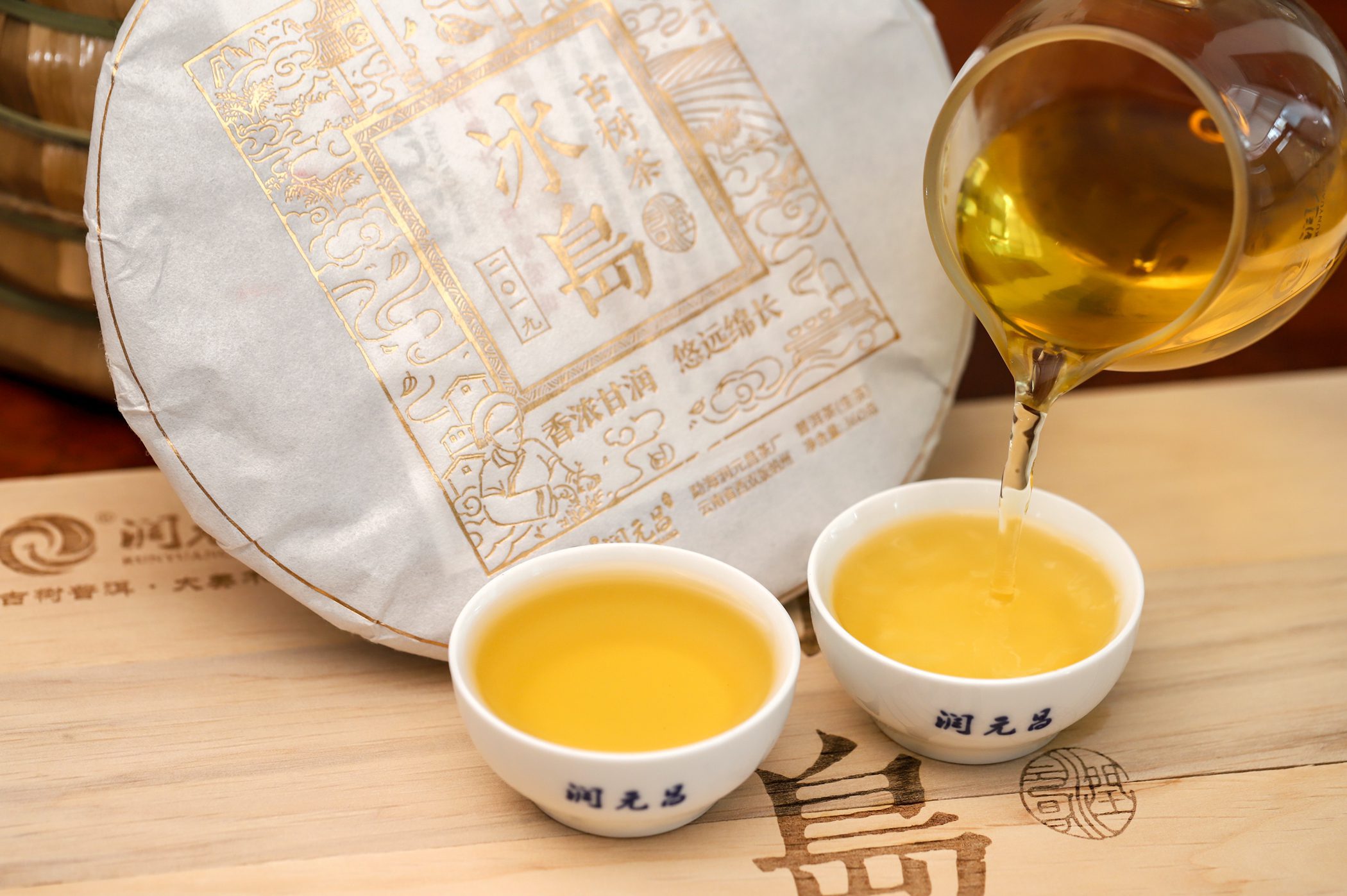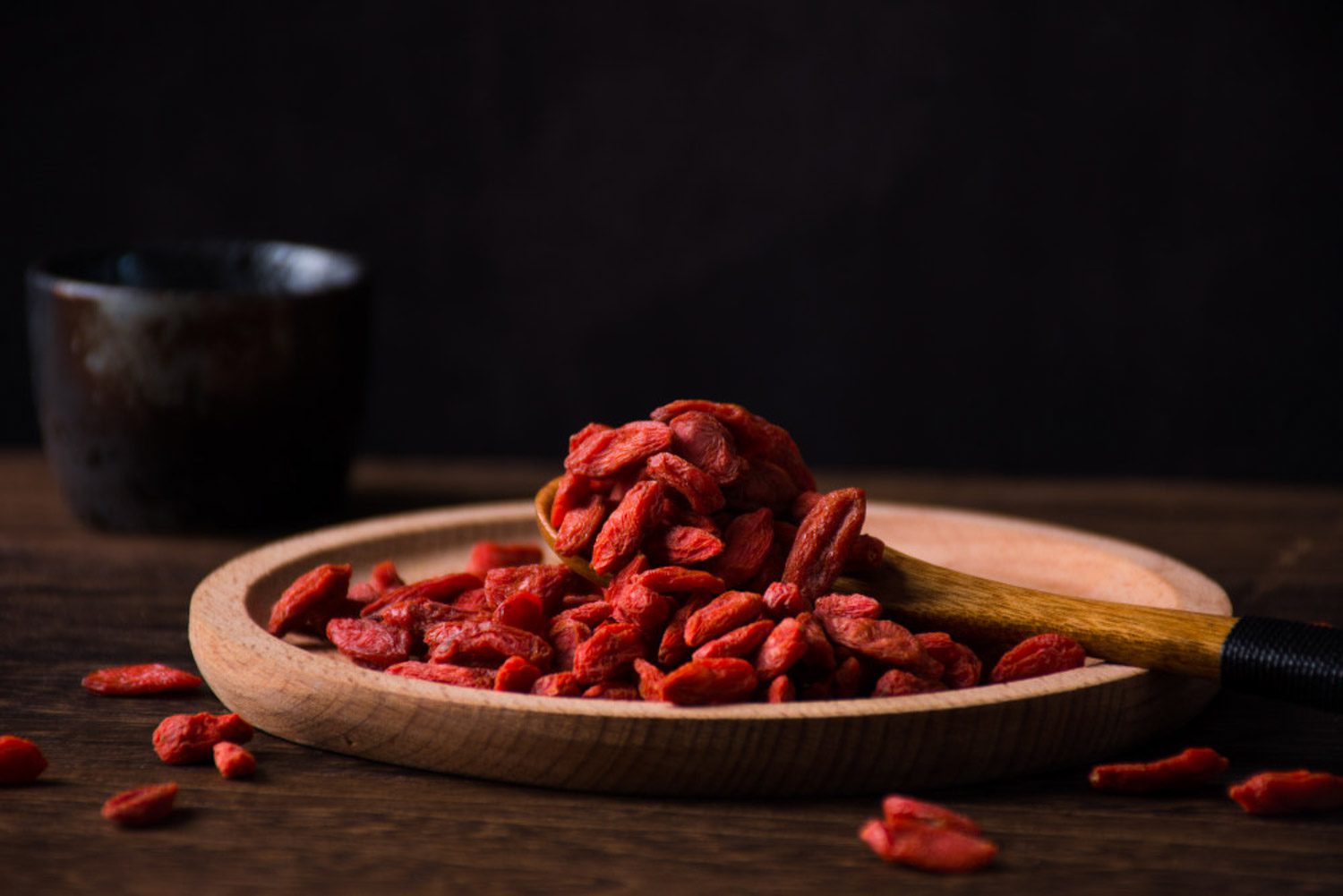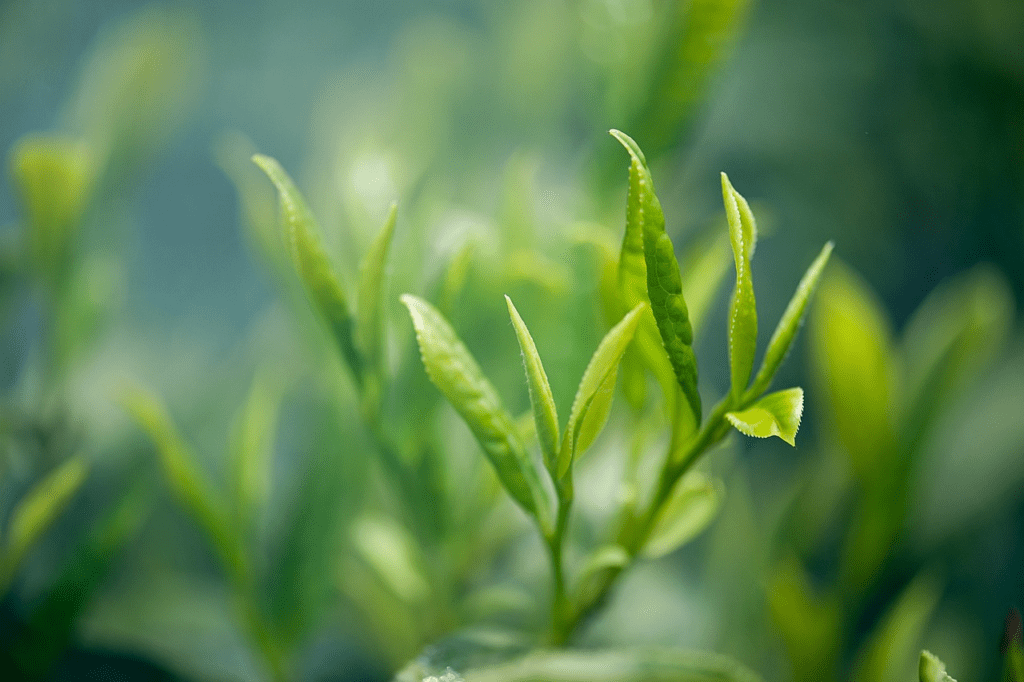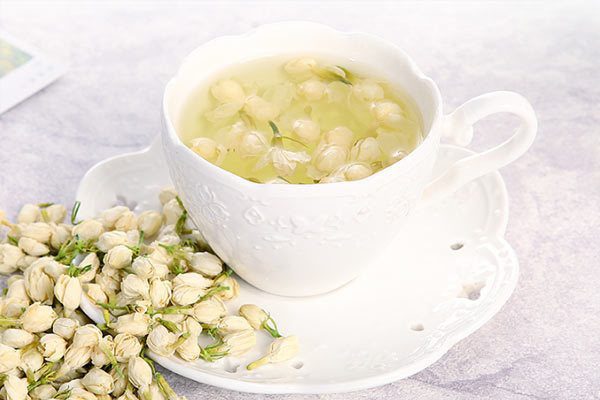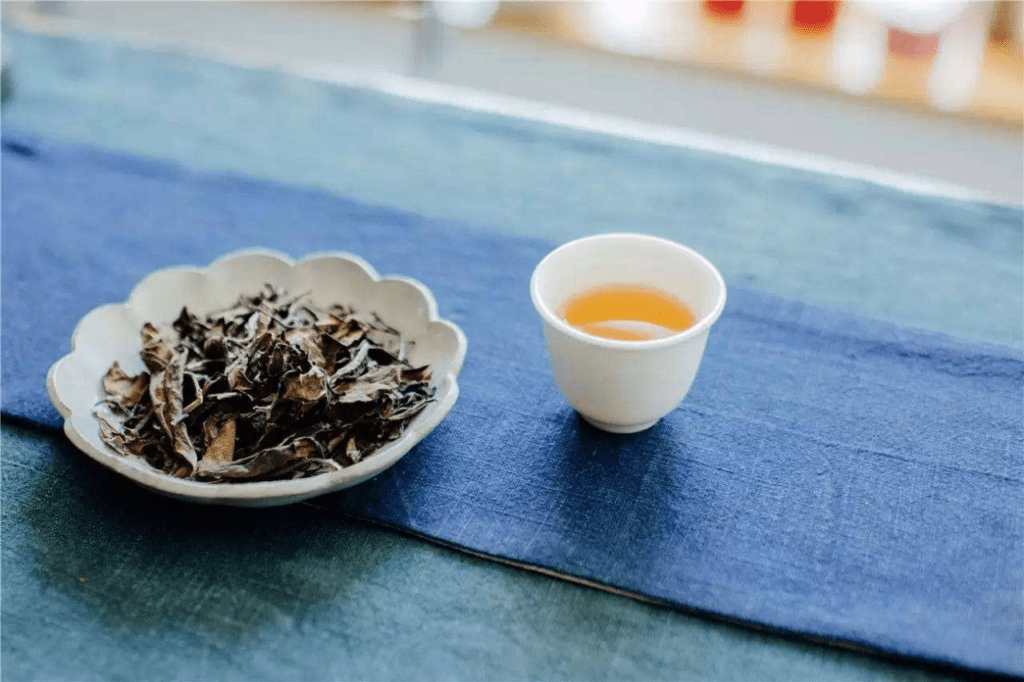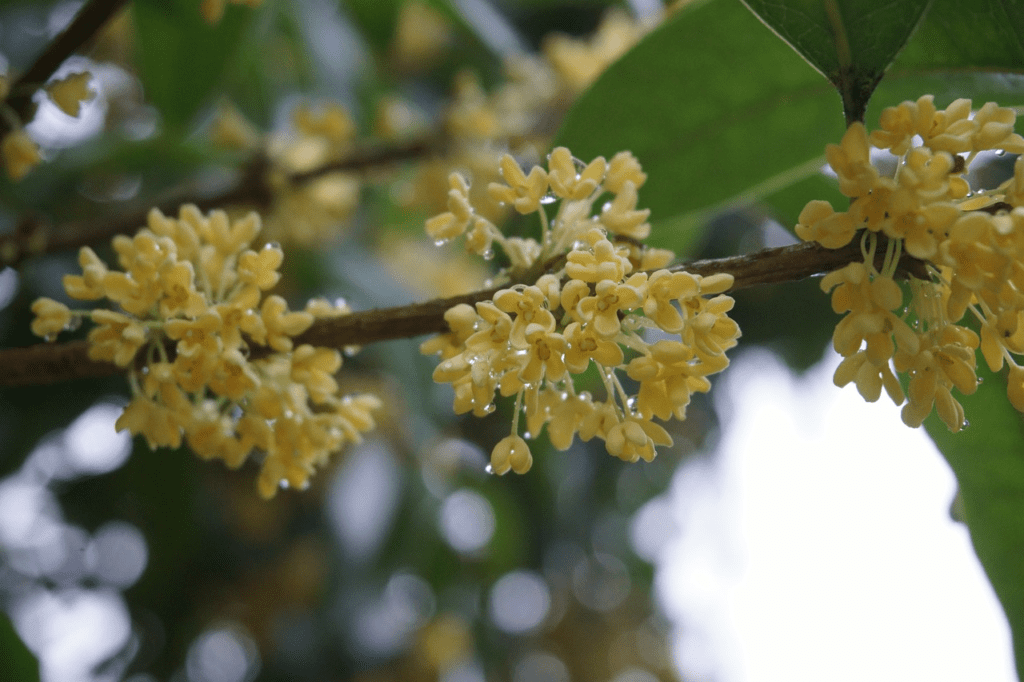Pu-erh tea, as a treasure in Chinese tea culture, is known for its unique fermentation process and aging potential. The production process of Pu'er tea is complex and varied, encompassing both traditional craftsmanship and modern technological means. In this article, we will delve into several major production processes of Pu-erh tea and bring you a taste of the modern charm of this ancient beverage.
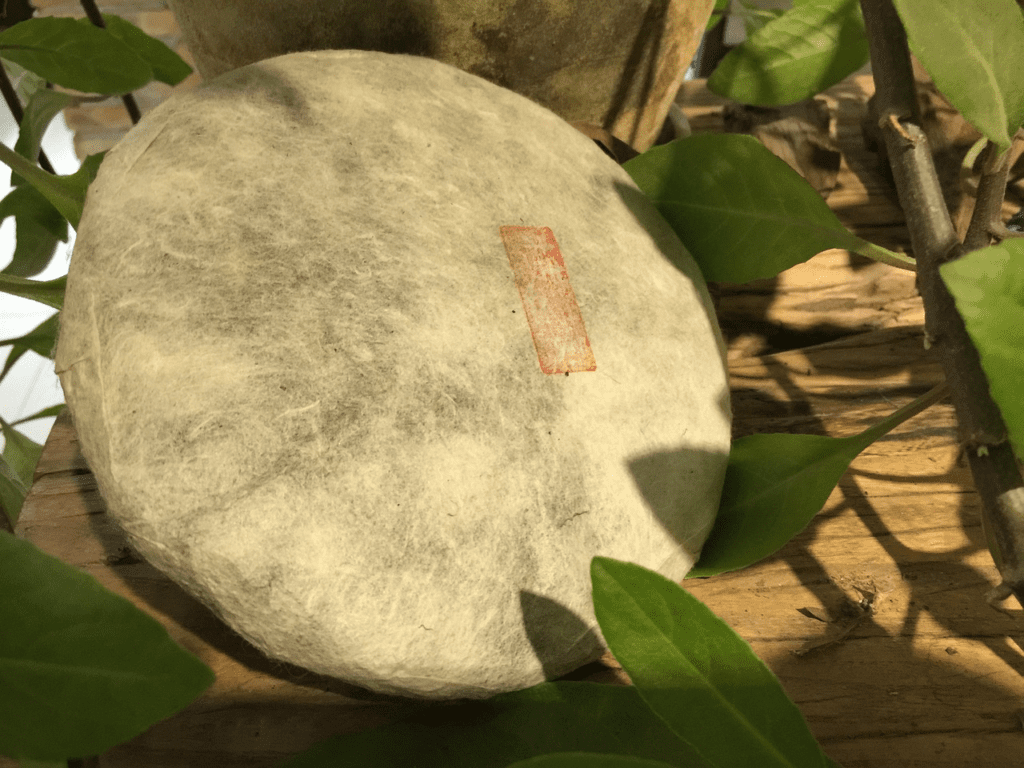
Classification of Puerh Tea
Puerh tea is divided into two main categories: raw tea and ripe tea. Raw tea refers to Puerh tea that undergoes a natural aging process, while ripe tea is processed through an artificially accelerated fermentation. These two types of tea have their own production processes, but both reflect the deep cultural heritage of Puerh tea.
Raw tea production process
The production process of raw tea is more traditional, mainly including plucking, greening, kneading, drying and other steps. Picking is usually done by selecting the young leaves of the tea tree, greening is done by removing the oxalic acid flavor from the tea leaves through high temperature, and kneading is done in order to make the tea leaves form a curly shape, increase its contact area with the air, and promote the subsequent fermentation process. Drying is done by laying the twisted tea leaves in a cool and ventilated place to dry naturally.
Ripe tea production process
The production process of ripe tea is based on raw tea, with the addition of an artificial fermentation step. This process is known as "Worsted Fermentation", which accelerates the fermentation of the tea leaves by controlling the temperature, humidity and time, so that the tea leaves can achieve the effect of aging for many years in a short period of time. The fermentation process of ripe tea is extremely demanding in terms of environment and craftsmanship, and needs to be carefully controlled by experienced tea makers.
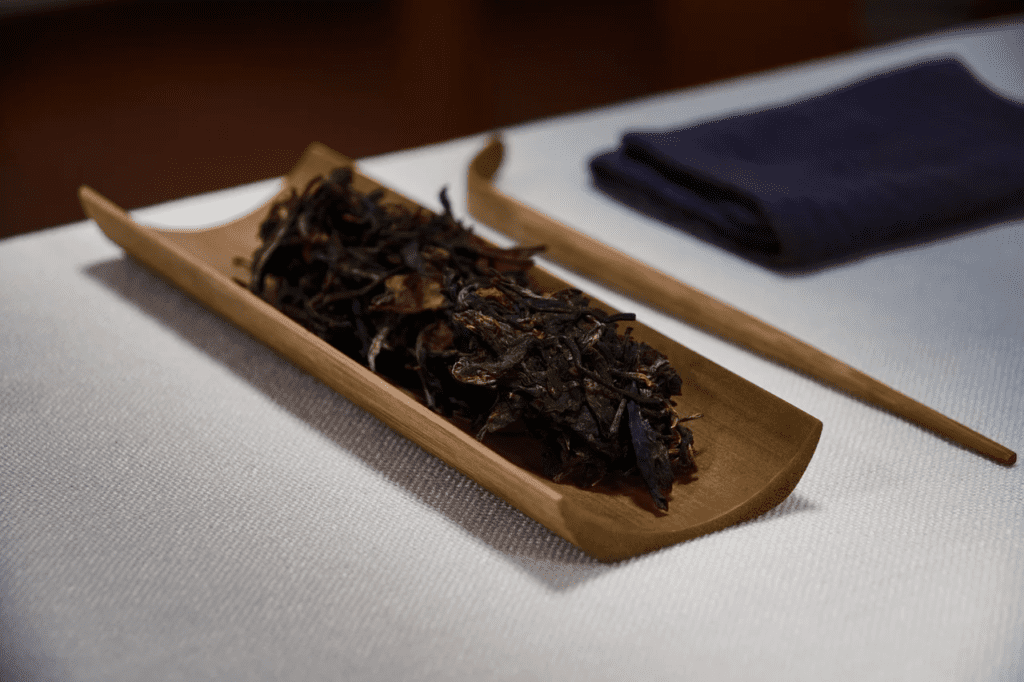
The application of modern technology in the production of Pu'er tea
With the development of science and technology, many new techniques have been incorporated into modern Pu-erh tea production. For example, the use of mechanical greening and kneading can improve production efficiency while maintaining the quality of the tea leaves; by precisely controlling the fermentation environment, the degree of fermentation of ripe tea can be better regulated, resulting in a richer and more varied flavor. In addition, modern warehousing technology also provides better conditions for the aging of Puerh tea.
Tasting and Preservation of Puerh Tea
Pu-erh tea is tasted not only for its unique flavor, but also for its charm that changes over time. When storing Pu-erh tea, care should be taken to avoid direct sunlight, high temperature and humidity, which may affect the quality of the tea. Proper ventilation and temperature can help Pu-erh tea age better.
The production process of Pu'er tea is the source of its unique charm. Both traditional craftsmanship and modern technological means have injected new vitality into this ancient beverage. By understanding the production process of Pu'er tea, we can more deeply appreciate the profound connotation of this tea culture.

